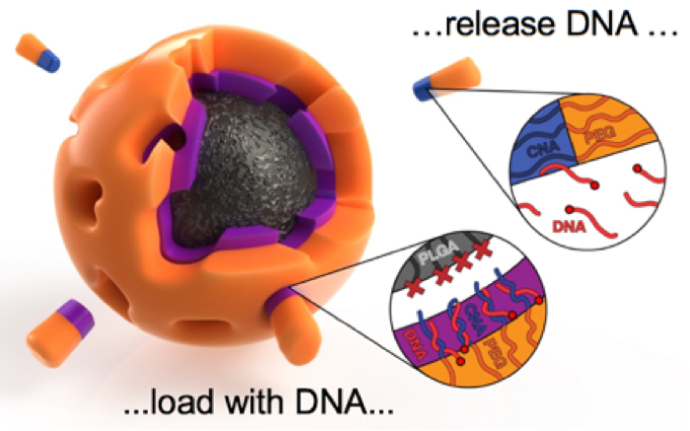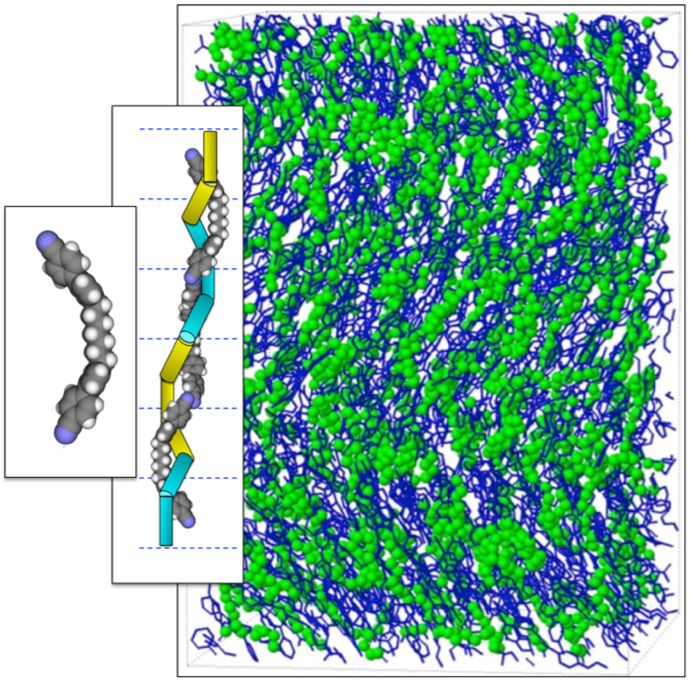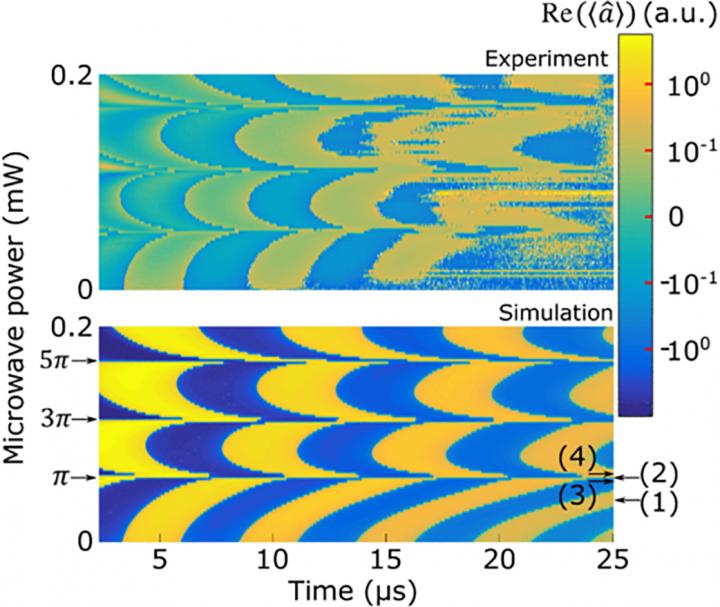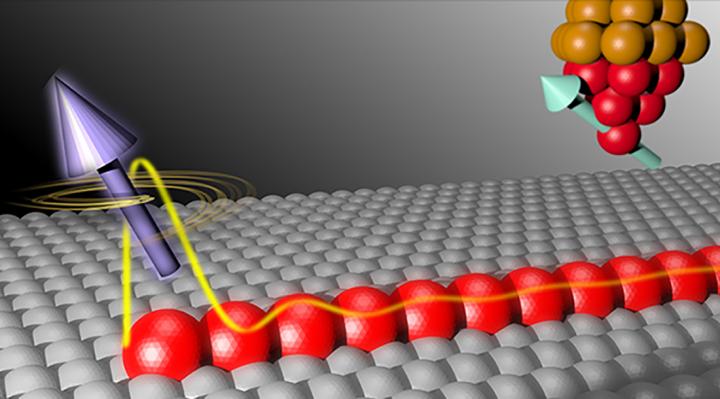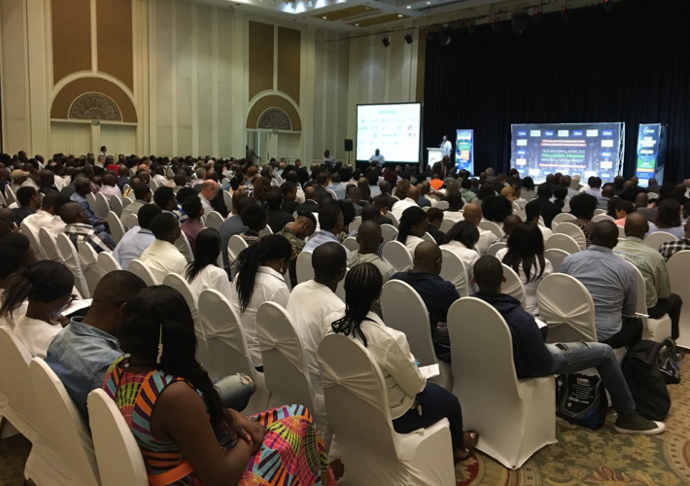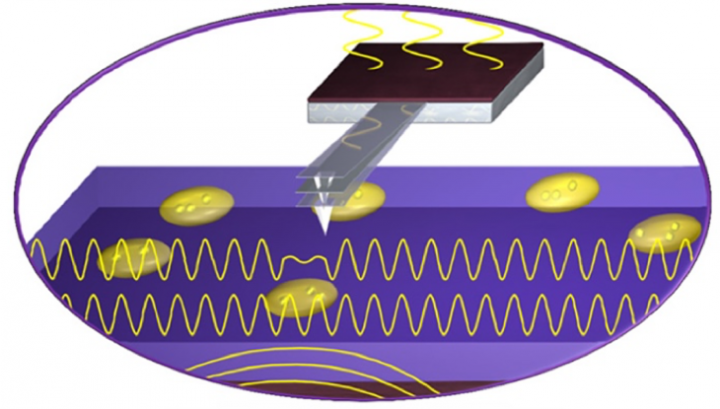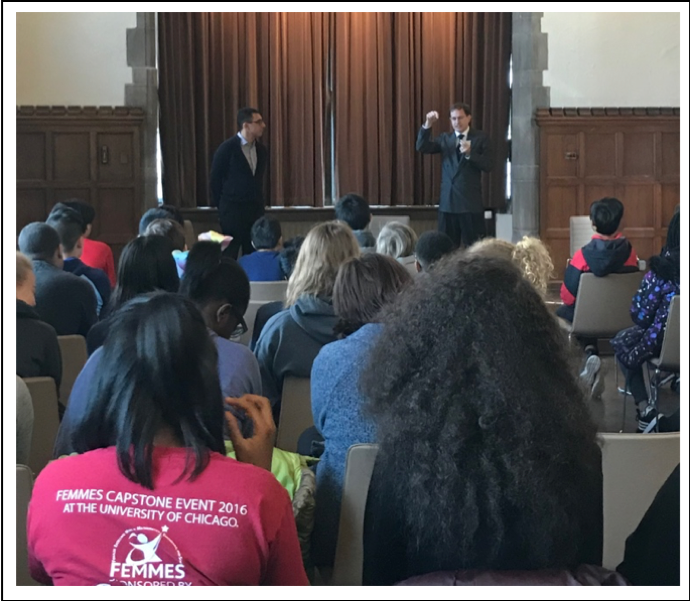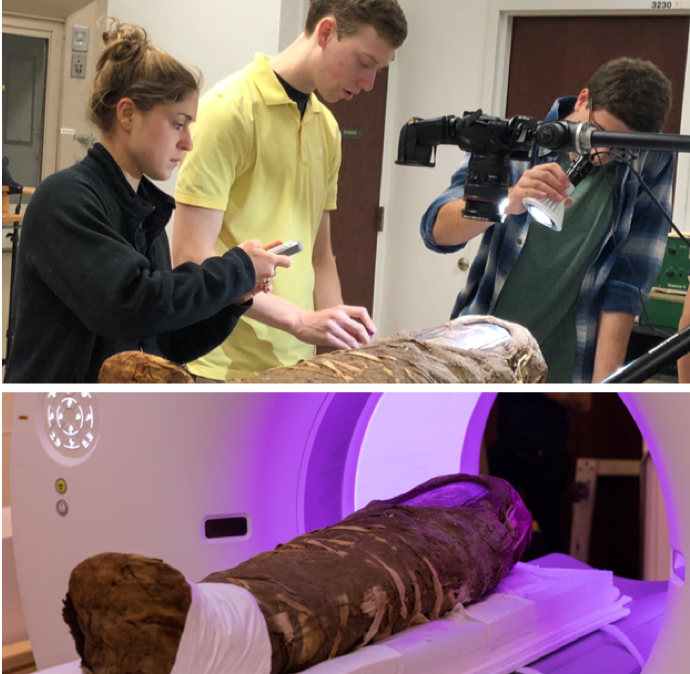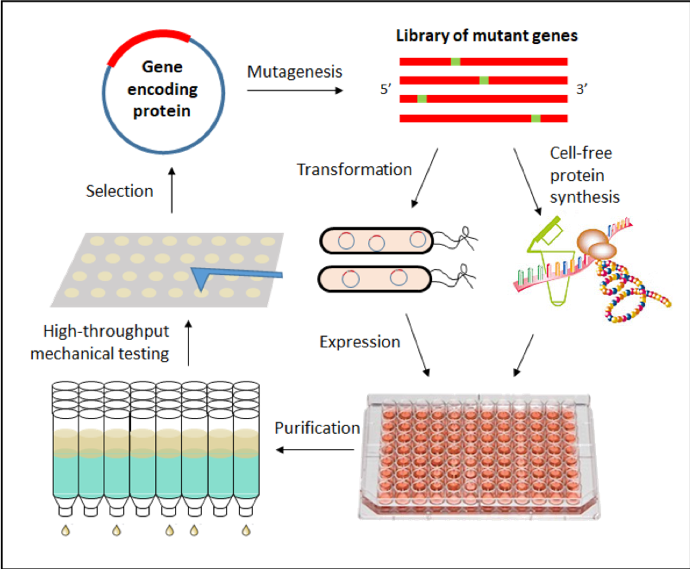Program Highlights for year 2018
Many advanced drugs acting in cells are made of DNA fragments. Since DNA is biologically active and destroyed if not recognized, a major challenge for this kind of medicine is getting the DNA into selected target cells. SMRC researchers have found that soap-like molecules that form nanometer-size spherical particles in water and that have a DNA-like component as part of their molecular structure can act as effective carriers of therapeutic DNA for cancer treatment.
Simple bent molecules like CB7CB perform some seemingly miraculous tricks when packed together to make a liquid. Because the molecular ends and middles attract each other, the molecules spontaneously knit themselves together into double stranded chains many units long, like the twisted rope in the graphic. Understanding such self-assembly is key to creating new applications for soft materials like liquid crystals and polymers.
The DNA double helix is a universally familiar pairing of two polymer chains in water, joined into a duplex by the selective binding of side group bases, the sequence of which contains and transmits genetic information.
The Princeton MRSEC has leveraged the low disorder and long coherence of states in a pristine silicon crystal to experimentally realize the Tavis-Cummings model, a fundamental model in quantum optics.
The Princeton MRSEC has detected a unique quantum property of an elusive particle, the Majorana fermion that is notable for behaving simultaneously like matter and antimatter. Using enhanced scanning tunneling microscopy techniques, the team captured signals from the Majorana particle at both ends of an atomically thin iron wire stretched on the surface of a crystal of lead.
The Northwestern University MRSEC supports a diverse suite of international collaborations and outreach activities. For example, the Center provided support for 10 students and postdoctoral research associates to attend the 9th International Conference of the African Materials Research Society (AMRS) on December 11-14, 2017 in Gaborone, Botswana.
In addition to providing access to state-of-the-art commercially available instruments, the Northwestern University MRSEC Shared Facilities also participate in the development of new experimental methods and tools. In particular, the Ultrasound Bioprobe has been developed that combines the noninvasive nature and sensitivity of ultrasound waves with a near-field atomic force microscope mechanical probe that provides high phase sensitivity and mechanical contrast of the scattered ultrasound wave.
Engineering Transdisciplinary Outreach Program in the Arts (ETOPiA) is a Northwestern University MRSEC education and outreach program that uses theater and film media to inspire a cross-disciplinary dialogue about the role of science and technology in society and to highlight some of the ethical and moral implications of scientific and technological progress.
The Northwestern University MRSEC supported the new exhibition Paint the Eyes Softer: Mummy Portraits from Roman Egypt at the Northwestern University Block Museum. The exhibit explores the art and science of mummy relics from the Fayum region in Egypt during the Roman period.
In a new seed project within the Northwestern University MRSEC, a novel approach for discovering and designing materials is being developed using directed evolution. While directed evolution approaches have been successfully applied in areas such as therapeutics or catalysis, this strategy has not been fully explored in materials science and engineering.
Pages

